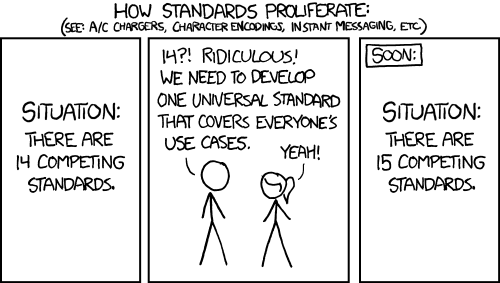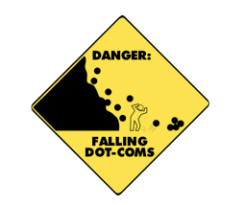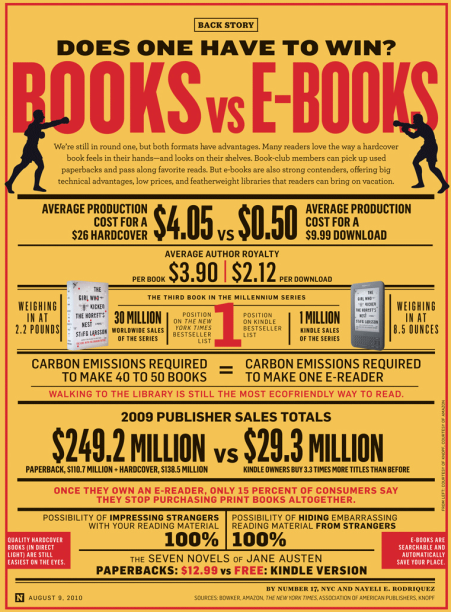In the 80’s every computer was isolated and incompatible with the next due to differing computer companies and file types. Now at this time computers were mainly only owned by universities and professionals, and, whenever they had to swap data – it was a nightmare. To swap data from one computer to another took hours of frustrating labour.
Tim Berners-Lee worked for CERN, a massive research centre with each researcher having a different pc to the next. This meant he spent a lot of time listening to people moaning about this hassle and came to the realisation of a solution.
Now Markup Languages (kind of translation sheets for how things should be displayed) had been used for years previous in print based media, but Berners-Lee realised if there were a markup language that all these different computers had in common, then without having to buy a new computer you could seamlessly swap your precious research with other researchers to be viewed on theirs.

The vision I have for the web is about anything being potentially connected with anything”. – Tim Berners-Lee
Hypertext Mark-up Language (or HTML) is the Markup Language Berners-Lee created. A different – Yet similar – markup code, Standard General Markup Language (SGML) was used by the TEI. The TEI – or Text Encoding Initiative – is a worldwide drive to create an industry standard for the encoding and sharing of data with ten times the creative control than HTML as it has ten times the amount of tags (or rules), this is coupled with the fact recently, the TEI council have put into motion the translation of the standardised markups meaning that other countries can apply the markup more intuitively without a language barrier.
These languages(HTML and SGML) are good for publishers as they are software and hardware independent meaning they are not at risk of ceasing to work, increasing the longevity of the markup language.
However both of these languages however are described as ‘limiting language[s]’because even though they have up to 500 tags … you only have up to 500 tags.
XML – or eXtensible Markup Language, Lets you add own tags (basically making your own markup languages) but, without any regulations on these tags you could be back to square one of everyone having their own set of tags. This would lead us back to the original problem of having a massive set of conflicting standards where no one can share their data freely.
( Sperberg-McQueen C.M & Tommie Usdin ,B )
This quote aptly sums up the core ideals of Tim Berners-Lee’s image of what HTML would achieve by no one owning/changing the language everyone uses – everyone can communicate more easily and securely. However XML does increase the creative control given to the author by being able to create your own tags; literally as many tags as you want.There are other ways of increasing the visuals and applications of these limited languages. CSS can be applied to both HTML and TEI’s SGML and allows a separate file – linked to the content (SGML/HTML file) – which independently displays the content with the context dependent css sheet.For example if a publisher has a book which they want to publish on iPad, Smartphone and Paperback, but each with a different set of chapters or fonts; this would be easily achievable without having to touch the content again after the SGML markup.
These advantages in technology allow a more seamless evolution of printing to incorporate their audiences’ needs and wants. This use of a common markup language and intricate design allowances from CSS mean that all avenues of publishing such as Newspapers, Books, Governments and many more can share their content with different mediums without having to rewrite either their content or style sheets. Once the CSS forms are created for example a Newspaper’s Website and iPad version. When new content is sent in marked up in SGML the independent style sheets will display the information applicable to that service.
For References Click for full article


 After the dotcom crashes of the early 2000’s I can understand the hesitancy of existing companies to pile onto new marketing ‘buzz words'(although any company who hasn’t learnt everything marketing suggests should be passed through a common sense filter needs a wake up call) for the sake of the niche market sales. However these niche market sales are quickly becoming mainstream.
After the dotcom crashes of the early 2000’s I can understand the hesitancy of existing companies to pile onto new marketing ‘buzz words'(although any company who hasn’t learnt everything marketing suggests should be passed through a common sense filter needs a wake up call) for the sake of the niche market sales. However these niche market sales are quickly becoming mainstream. (
(